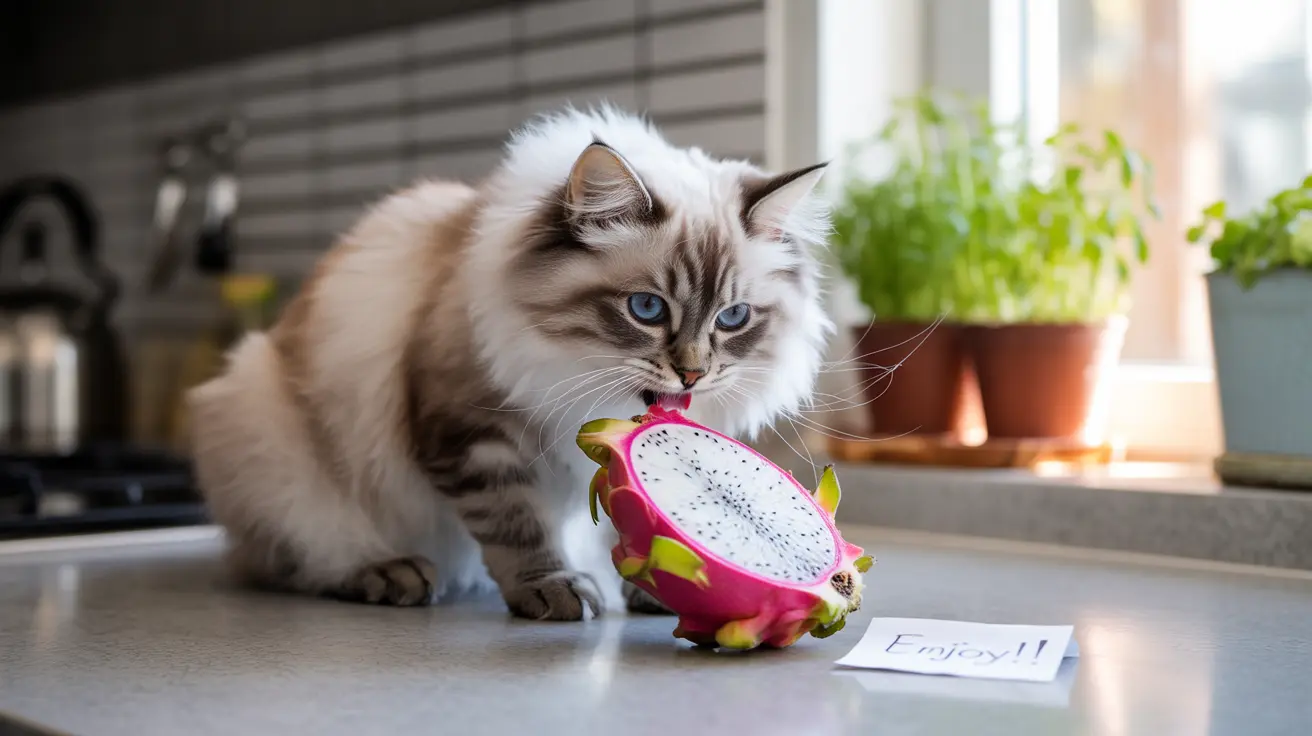How Dogs Say 'I Love You': Understanding Canine Affection
While dogs may not use words, they have a rich way of expressing love through body language, behaviors, and social cues. Learning how your dog says 'I love you' enhances your bond and deepens mutual trust. Here's how to interpret their signals.
1. Eye Contact: A Sign of Deep Trust
When a dog maintains gentle, relaxed eye contact with you, it signals affection and trust. Studies have shown that eye contact between a dog and its owner can increase oxytocin levels, the hormone associated with bonding and love.
2. Wagging Their Tail
A wagging tail is one of the most obvious signs a dog is happy. But if the wag is slow, relaxed, and the tail is held mid-height, it often indicates your dog is in a happy and loving state.
3. Licking: Puppy Love Translated
When dogs lick, they’re not only grooming or exploring scents—they're also showing affection. Think of it as the canine equivalent of a kiss. Frequent licking of your hands or face can be their way of saying "You're part of my pack."
4. Leaning Against You
If your dog leans against your body when sitting or standing near you, it's a comforting gesture of attachment. It means they feel safe and see you as secure ground from which to explore the world.
5. Following You Around
Dogs are social animals and naturally want to be around those they trust. If your dog follows you from room to room, it’s a strong sign of loyalty and affection.
6. Bringing You Their Favorite Toy
Sharing is not always easy—even for dogs. When your pup brings you a favorite toy, it’s their way of including you in their happiness. They are excited and want you to be part of it.
7. Sleeping Close to You
In the wild, dogs sleep close to pack members to stay warm and safe. If your dog chooses to sleep near you, they are demonstrating affection and trust.
8. Soft Whines or Happy Sounds
Some dogs vocalize their affection with soft whimpers, sighs, or gentle barking. These are happy sounds indicating your dog's desire to interact or express comfort.
9. Jumping and Nudging
Although jumping can sometimes be a behavior to redirect, many dogs jump to express exuberant joy at your presence. Gentle nudging with the nose is their way of getting your attention and might mean, "I love being with you."
10. Mirroring Your Behavior
Dogs often mirror the actions and emotions of those they are bonded to. If your mood changes and your dog reacts accordingly, it shows they are tuned into your emotions and deeply connected to you.
Tips to Say "I Love You" Back to Your Dog
- Speak softly: Dogs respond well to the tone of your voice more than the words.
- Maintain eye contact: Gentle gazing helps deepen your bond.
- Petting sessions: Focus on your dog’s preferred spots like under the chin or behind the ears.
- Positive reinforcement: Rewarding good behavior with treats or praise boosts your dog’s sense of affection.
- Quality time: Play, walks, and simply being together strengthen your relationship.
Conclusion
Understanding these signs can help you recognize when your dog is saying, "I love you." From their wagging tails to shared toys and cozy cuddles, every gesture reflects a layer of affection. Responding with your own expressions of love builds trust and makes your relationship richer and more rewarding.





